
An RD Grocery Store Guide: 10 Healthy Staples to Add to Your Shopping List
Ask any dietitian what to buy at the grocery store, and their answer is probably going to be similar: plenty of fresh vegetables, fruit, protein and other various whole foods.
“The suggestion is valid and should be taken heavily into consideration at your next trip to the grocery store,” says Kristin Kirkpatrick, RD, president of KAK Consulting, LLC and a consultant for the Cleveland Clinic Wellness Institute. “Everyone’s dietary changes begin here with these items.” But, she says, there are other staples of wellness that belong in your fridge — and other foods, drinks and ingredients that can help you keep up with a habit of healthy eating throughout the weeks, months and years.
Need a refrigerator refresh? Here’s what dietitians suggest adding to your grocery list this fall, so healthy meals, snacks and meal prep feels more doable.
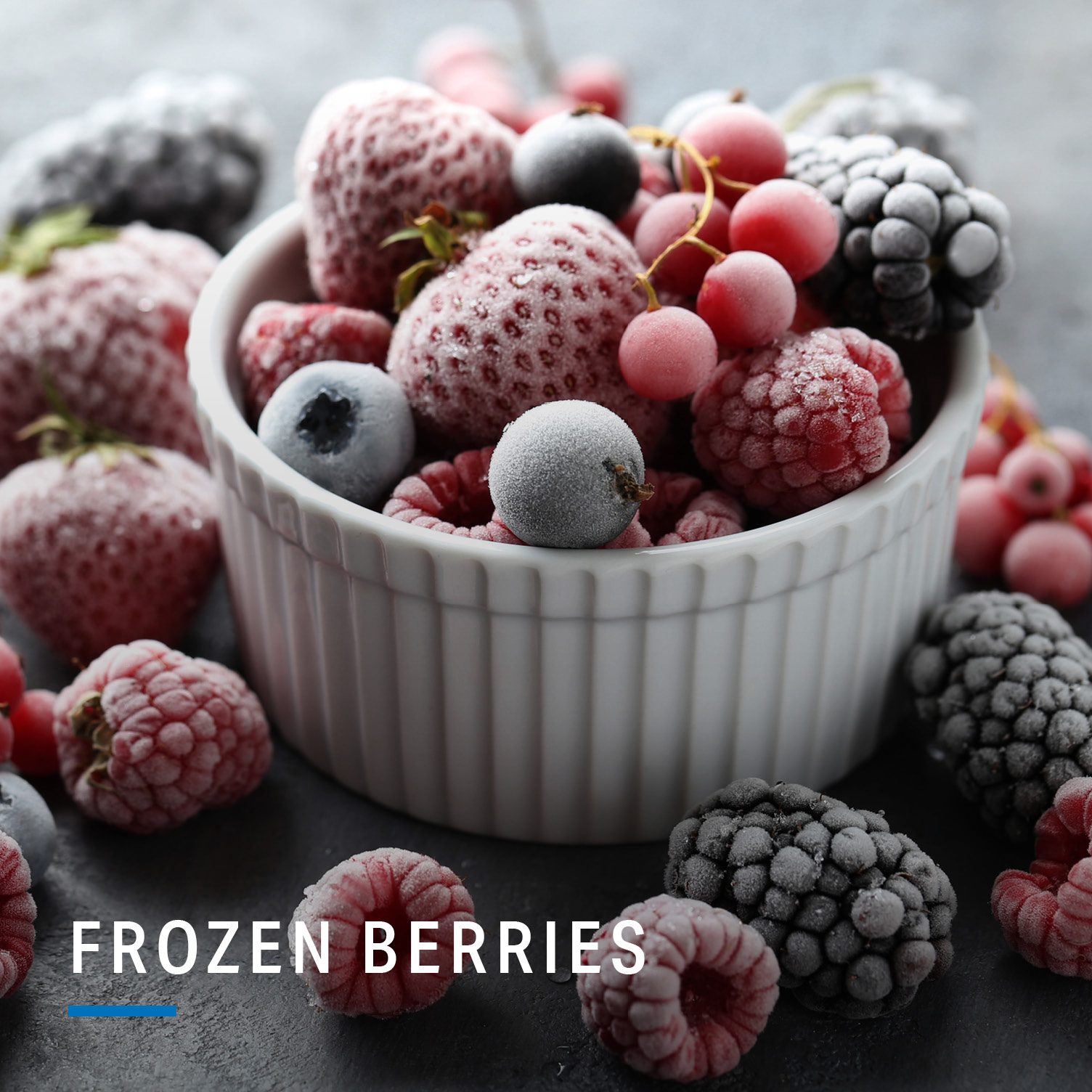
Sure, you can buy berries fresh but there’s an added perk to picking them up cold. “Berries are always picked at the peak of their ripeness and freshness and then are flash-frozen,” explains Dana Hunnes, PhD, MPH, a clinical inpatient dietitian at Ronald Reagan-UCLA Medical Center.
In fact, not only is frozen produce comparable to fresh in terms of nutrition — it could have even higher levels of vitamins and minerals, some research finds. “Frozen berries are wonderful in smoothies, on top of oatmeal, with yogurt or non-dairy yogurt, in cereal, in pancakes, for almost anything,” says Hunnes. “They make a wonderful base for any breakfast or smoothie.”
Plus, shop at a big-box store, and you can save by buying them in bulk. “Because they are frozen, this means we can enjoy them year-round and won’t have to worry about their shelf life like with fresh berries,” adds Amanda Baker Lemein, RD, a dietitian based in Chicago.
CLICK TO TWEET THIS ARTICLE > Check out these healthy grocery store staples dietitians love via @MyFitnessPal #myfitnesspal.
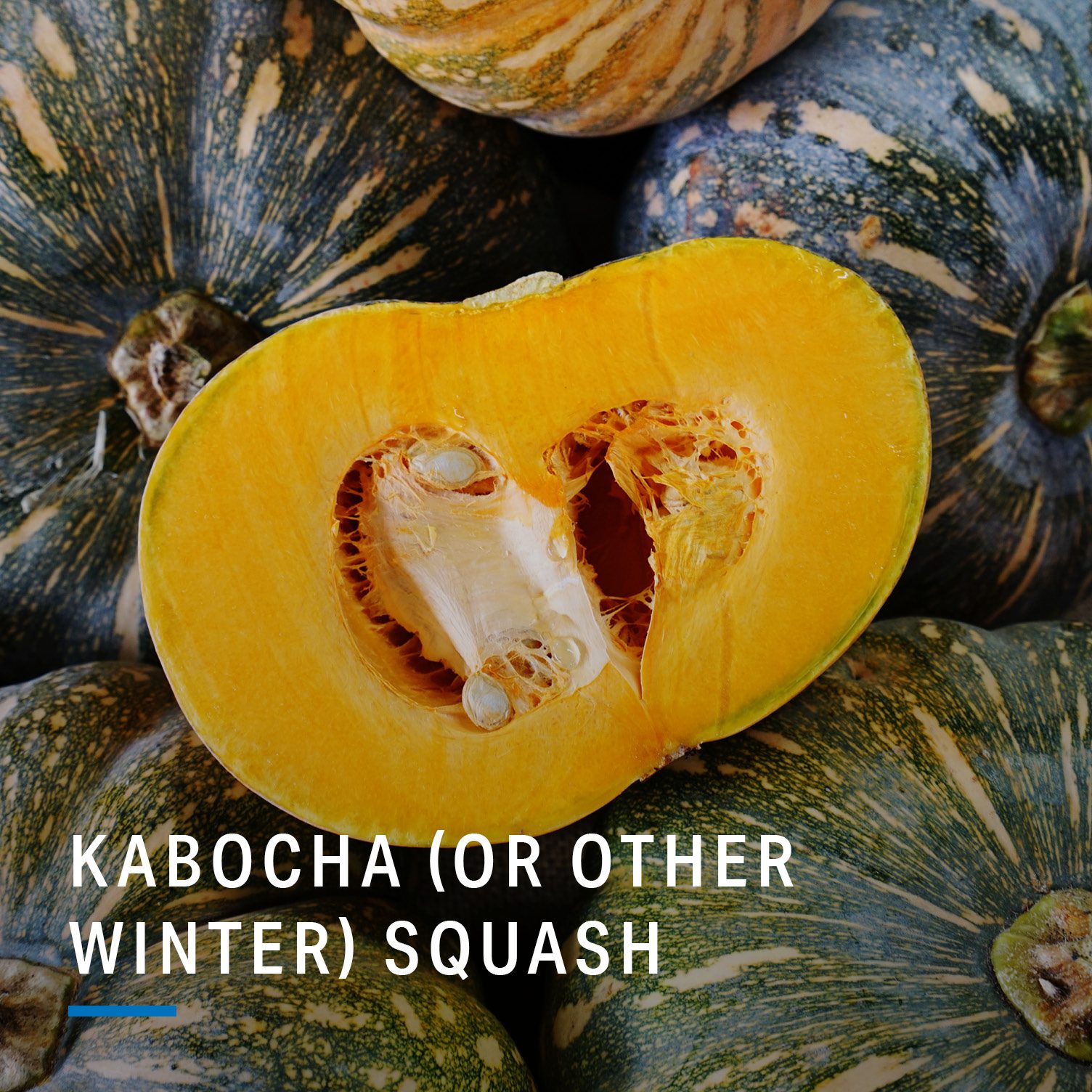
Versatile foods (Read: Eat ‘em many ways) are big wins when it comes to kitchen staples. And like frozen fruit, winter squash can be purposed and repurposed. “Winter squash can be baked and eaten on its own. It can be smashed into a ‘mashed potato-like’ consistency, it can be turned into a fall soup (I love to make winter-squash soups.), it can even be made into a pie, like a pumpkin pie,” says Hunnes, who always adds winter squash to her grocery list.
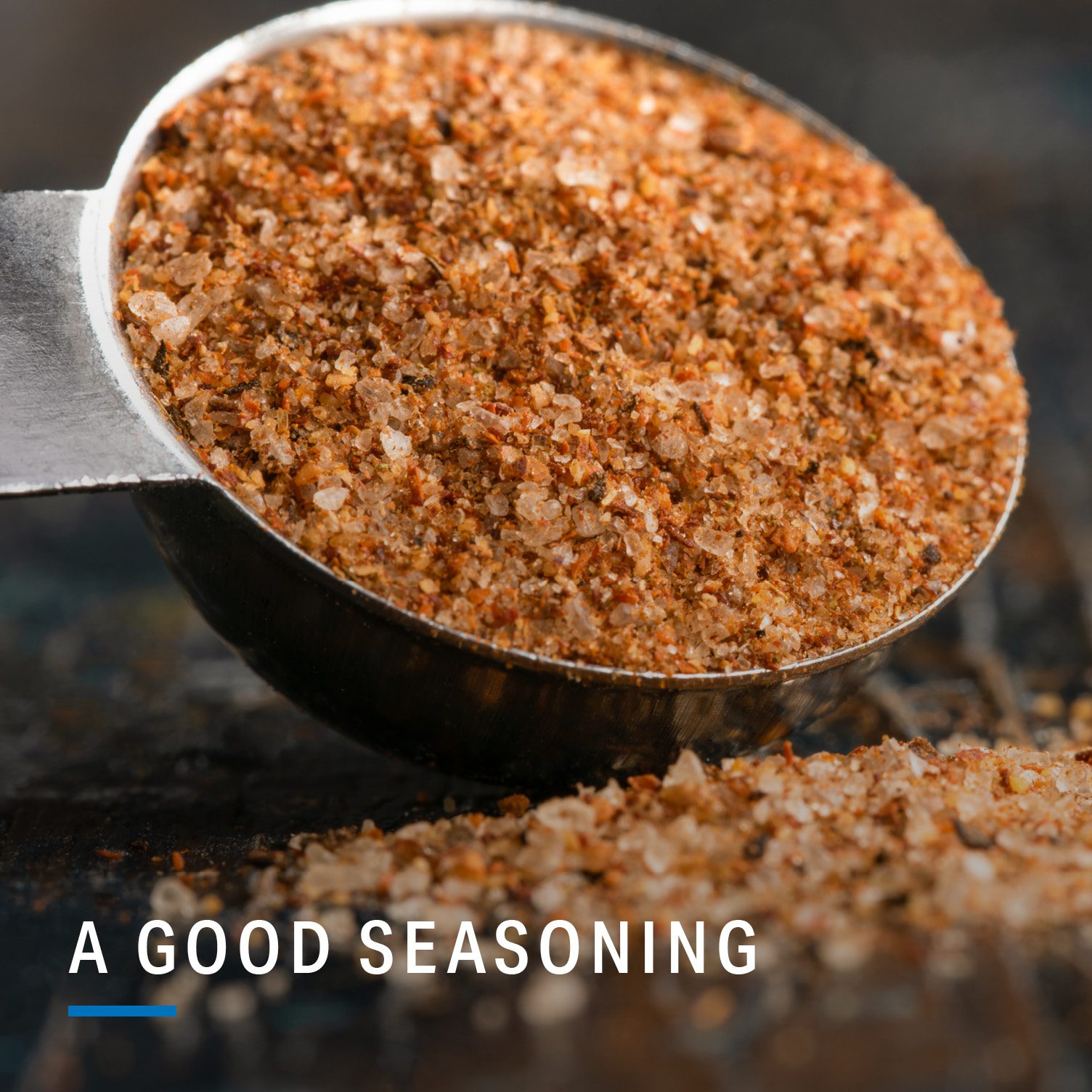
Dietary changes can be hard to make — so start small! “A good seasoning changes the profile of any dish and makes the experience of a meal you might not prefer bearable,” says Kirkpatrick. “Most grocery stores even offer seasonings with food guides on their label, meaning they provide suggestions of what food is best seasoned with ingredients from inside the jar.”
When choosing a seasoning, avoid MSG and other harmful compounds and consider one that’s low in sodium, she says.
“Stop by the spice racks, pick a few blends that interest you, and try them out on your dishes at home.” Or, whip one up yourself. Kirkpatrick likes a garlic, salt and pepper mix.
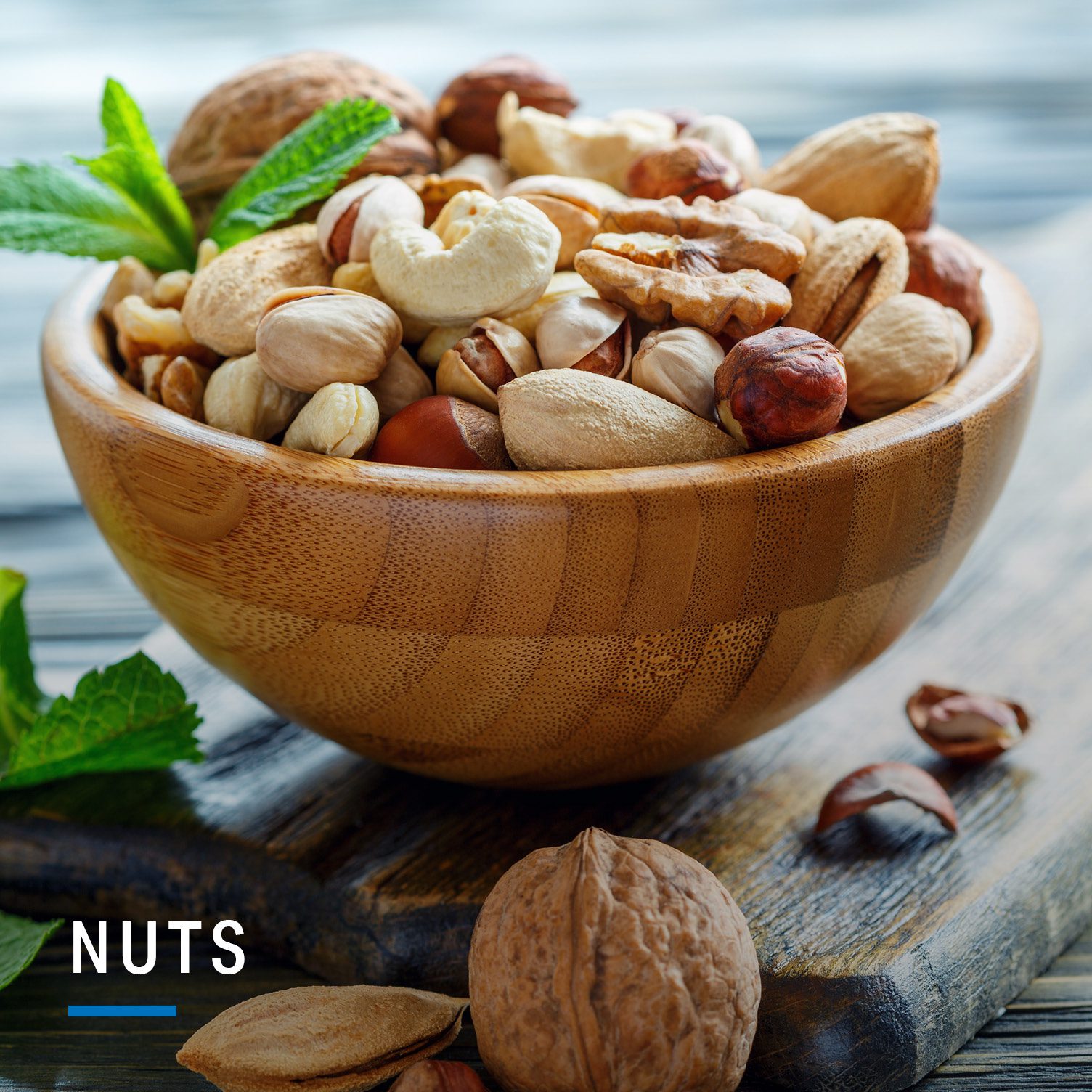
Ever since researchers at Loma Linda University discovered the heart-health benefits of walnuts in a landmark 1993 New England Journal of Medicine study, nuts have been not only officially removed from the list of forbidden foods but added to the grocery lists of dietitians worldwide.
Nuts vary in their nutritional makeup, but all are full of fiber, healthy fats and protein. “They are really satiating and so versatile. I use them in salads, yogurt or simply eaten on their own,” says Baker Lemein.
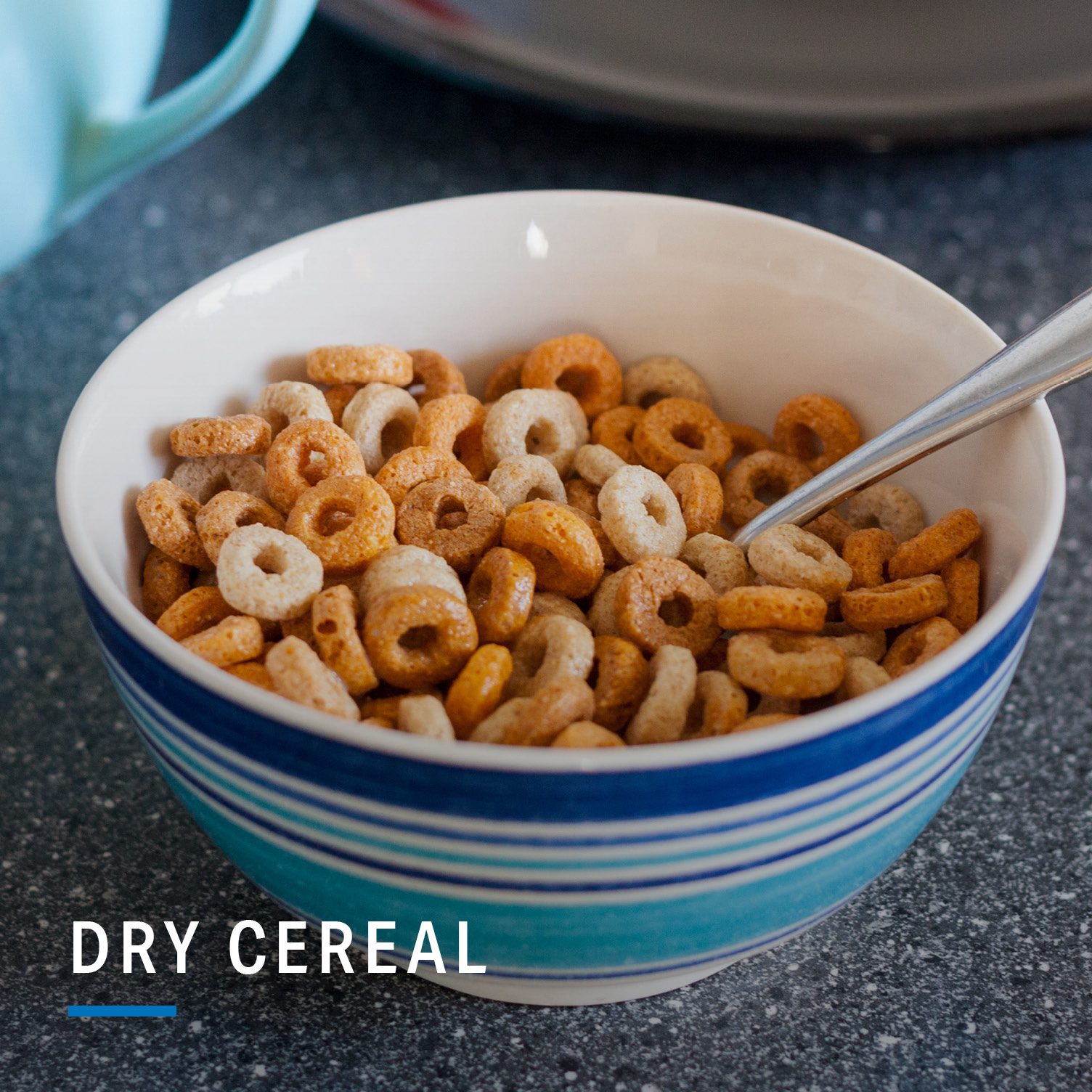
By some counts, 95% of Americans are low on fiber. Fruits and vegetables are a good source but so is cereal, says Baker Lemein. “Dry cereal adds a good boost of fiber to my day and I personally love the crunch,” she says. “Since many cereals are also fortified with important micronutrients, it is also an easy way to fit in those essential nutrients.” Not sure which cereal to choose? “I recommend some non-organic cereals because they are fortified and organic ones are not — for many Americans, the essential nutrients in fortified cereals and grains are hard to get elsewhere and meet adequate levels, so choosing fortified cereals really helps fill nutrient gaps. Some I like are Multigrain Cheerios and Fiber One,” she says.
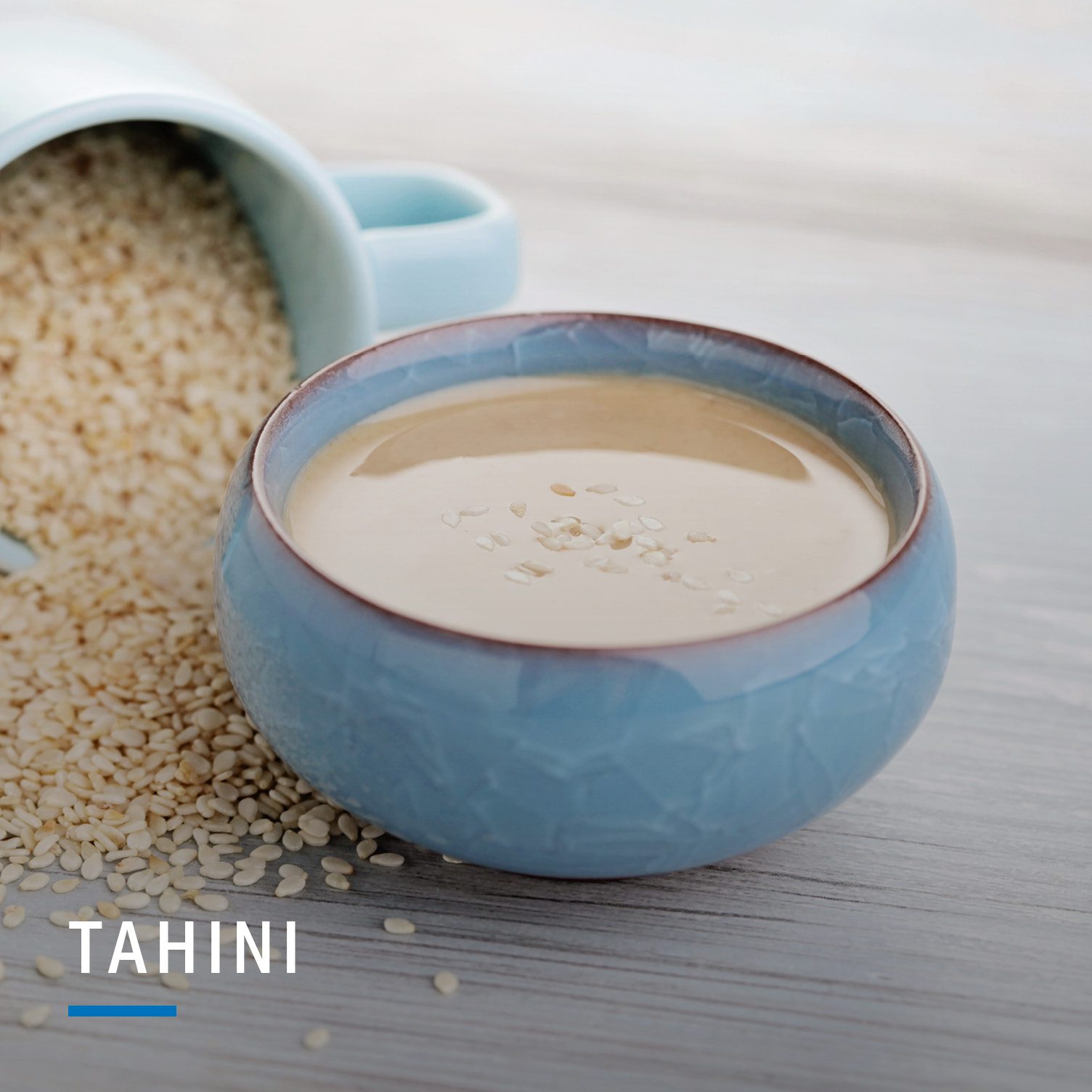
Sound strange as a suggestion for a grocery list? This condiment is packed with nutrients, antioxidants, and protective health properties, says Kirkpatrick, not to mention you can use it many ways. “One of my favorite ways to use tahini is as a light sauce over vegetable and grain bowls. Blended with water, garlic, lemon and light seasoning, tahini adds a fabulous nutty flavor to any dish.”
Have kids? Adding tahini to a homemade hummus of fresh chickpeas is the perfect friend to any crunchy vegetable, whole-grain cracker or pretzel, she notes.
A bonus: “Tahini can also be used in place of most fats in baking recipes. Substitute oils and nut butters in your favorite recipes with tahini.”
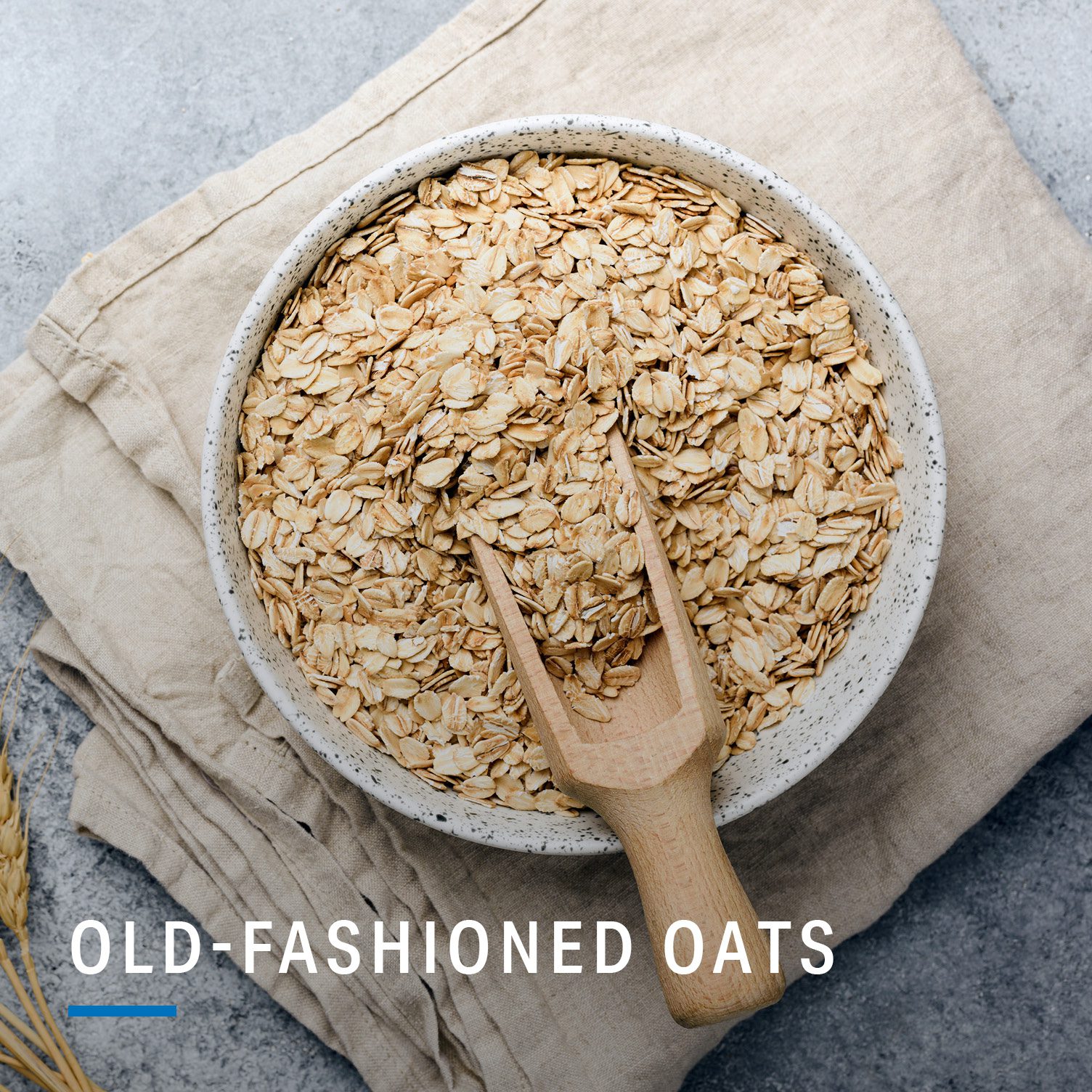
Overnight oats look trendy on Pinterest, and they are full of fiber, says Kirkpatrick. Use them to make oatmeal, porridge, cereal, in pancakes or even in baths for dry skin, she says. They’re easy to make, heat up and store.
“My son loves them and swears by them for any time of day! They can be used as a topping for a crumble like granola, too.”
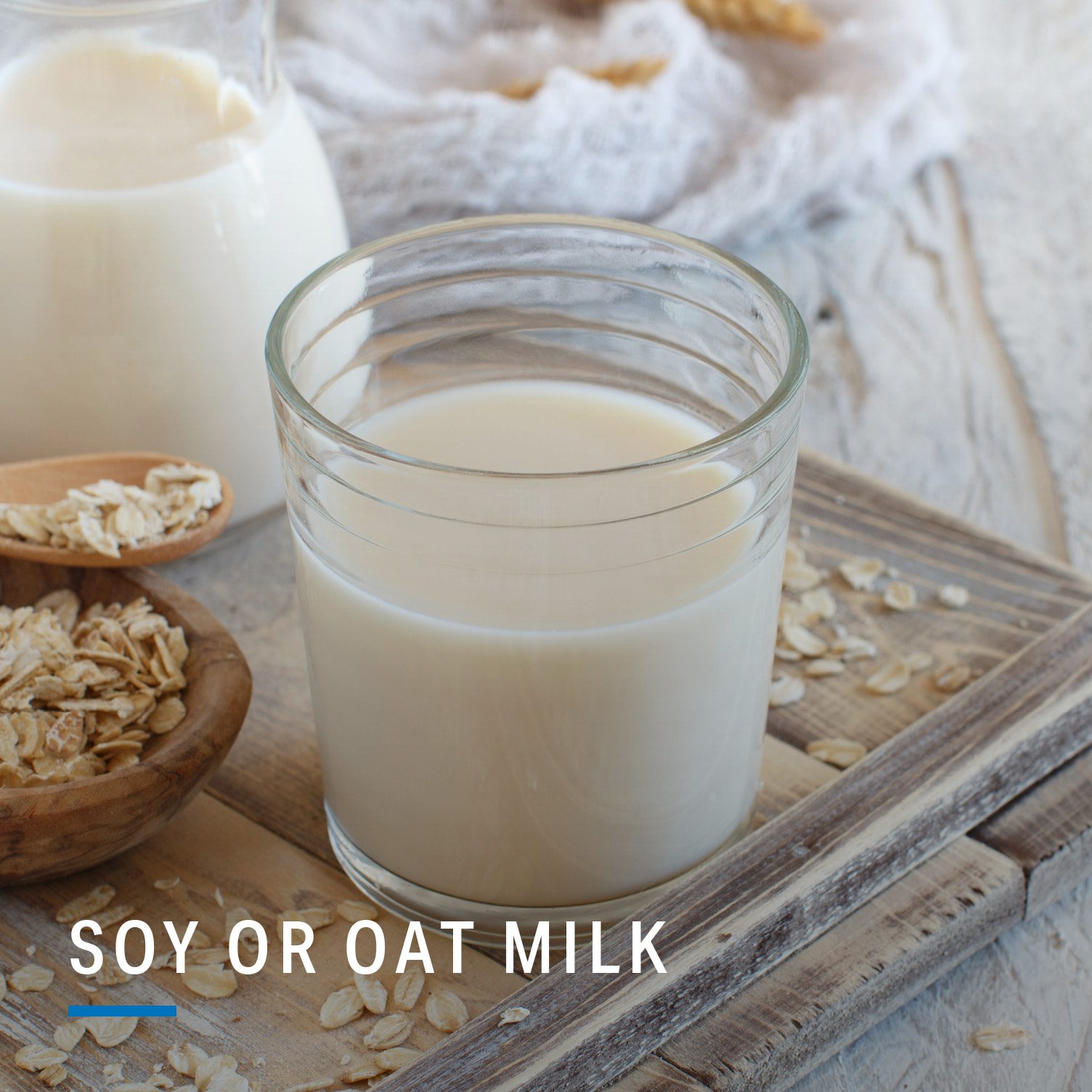
These plant-based milks serve many purposes, says Hunnes who uses them in cereal, smoothies, oatmeal, hot chocolate, for baking, just to drink and more.
Plus, these two — soy and oat — pack more nutrition (unsweetened soy milk has about 80 calories and 6 grams of protein per cup; oat has about 120 and 3, compared to 40 and 1 in almond).
Also? Oat and soy are slightly more environmentally friendly than almond, says Hunnes.
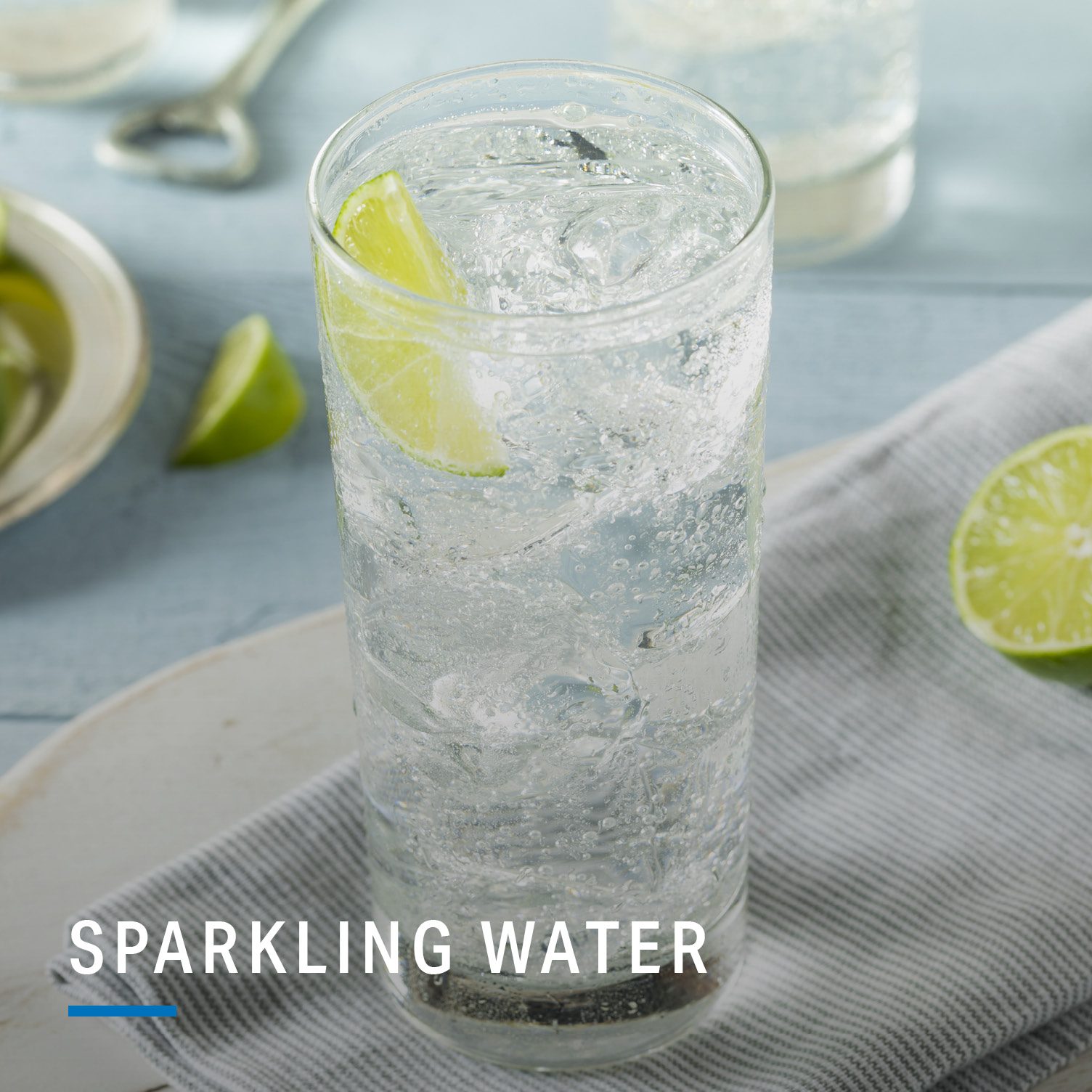
Hydration is a big part of health and being properly hydrated is a big part of staying satiated. (Did you know that your body can sometimes mistake thirst for hunger, leading you to eat when what you really need is water?)
The problem is, plain old water can get boring. “Having a constant supply of sparkling water around my house has assisted in my daily water intake and keeps me away from sugary beverages like sodas and juices,” says Kirkpatrick.
“Grabbing a sparkling water, because of its carbonation, can make you feel full for an extended period of time, helping to manage cravings that might hit between mealtimes.”
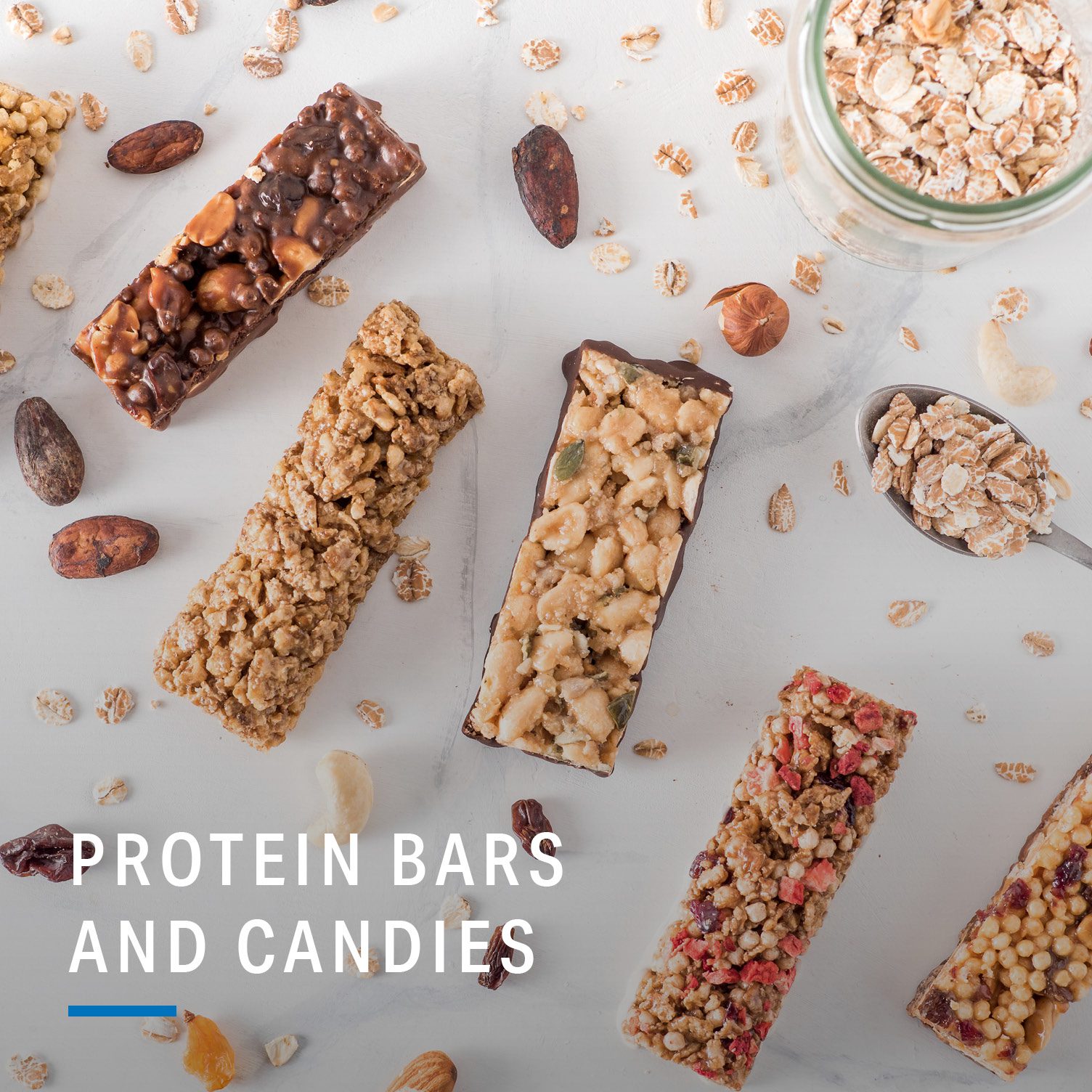
If you’re constantly on the move, sometimes it’s nice to be able to just throw something in a gym bag, backpack, purse or sports bag. “My favorite options for this are bars and candies designed with high-protein, low-sugar content in mind,” says Kirkpatrick. They make for snacks that are full of energy and without empty nutrients leading to midday burnouts.
“Some products with these qualifications are so good my family actually asks for them as dessert after meals.”
THE BOTTOM LINE
Making sure your diet is full of foods from nature — fruits, vegetables, beans, nuts and grains, with some lean meats here and there is always a good thing. But there are other, more creative, ways to clean up your diet.
Otherwise boring, bland meals can become flavorful with the right seasonings and purchasing foods like berries frozen can supercharge their nutrition.
Other times, “processed” foods such as protein bars can actually be a value-add, keeping you from empty calories in foods like chips or cookies.
Make progress every day while you work on mini fitness and nutrition goals, like walking more steps or learning to track macros. Go to “Plans” in the MyFitnessPal app for daily coaching and easy-to-follow tasks to keep you motivated.
































